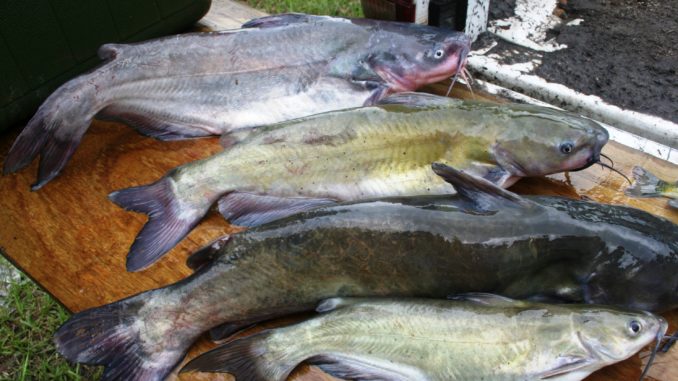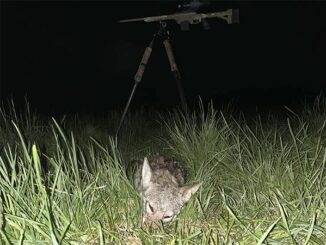
Avoid common mistakes some anglers make
The Wateree River is a midlands hotspot for catfish anglers, and one of the highlights of this river is that it holds big populations of all three major catfish species. On any given cast, anglers can expect to catch flatheads, channel cats, or blues. It’s not hard to catch catfish here, but Sumter angler Mike Spinks said a few tips can help even the most novice angler land their share.
“It’s a good enough catfish river than I can expect to catch fish any time I go, but I do see some anglers leave empty-handed at times, and I always give them a few tips that I think will help the next time they come here, and I think these tips probably apply to any river,” said Spinks.
Spinks’ number one tip for river catfish is to avoid making a mistake he has seen plenty of anglers make. “Don’t fish in the middle of the river,” said Spinks. “The middle is rarely the deepest part of this river, there is rarely any cover there for the fish to hide in, and there is rarely any break in the current in the middle. The fish just don’t concentrate there.”
Instead, Spinks said anglers should focus on any structure like downed trees closer to, but not right at, the banks of each side of the river. “I like to anchor in the middle of the river and cast between the middle and the bank, especially where downed trees are present,” he said.
His number two tip is to scale down your gear, including the size of your sinker. “You don’t need a big shark rod out here. You can catch some big catfish on medium-heavy rods with 2500 and 3500-series spinning reels, or 5500 and 6500-series baitcasting reels. The size of your sinker will change depending on how strong the current is flowing, but I always use the smallest I can get away with. Having rods that are too big and using sinkers that are too heavy stops you from feeling subtle bites, which are often catfish that range anywhere from 5 to 40-pounds,” said Spinks.
Number three on Spinks’ list is to keep fresh bait on your hook. “I will change my bait about every 15-minutes. No matter if it’s cut bait, worms, or stink bait. If it’s been out there that long and isn’t getting hit, it has probably lost much of its scent, and you might as well change it,” he said.
-To read about another South Carolina river with some great catfishing, click here.




